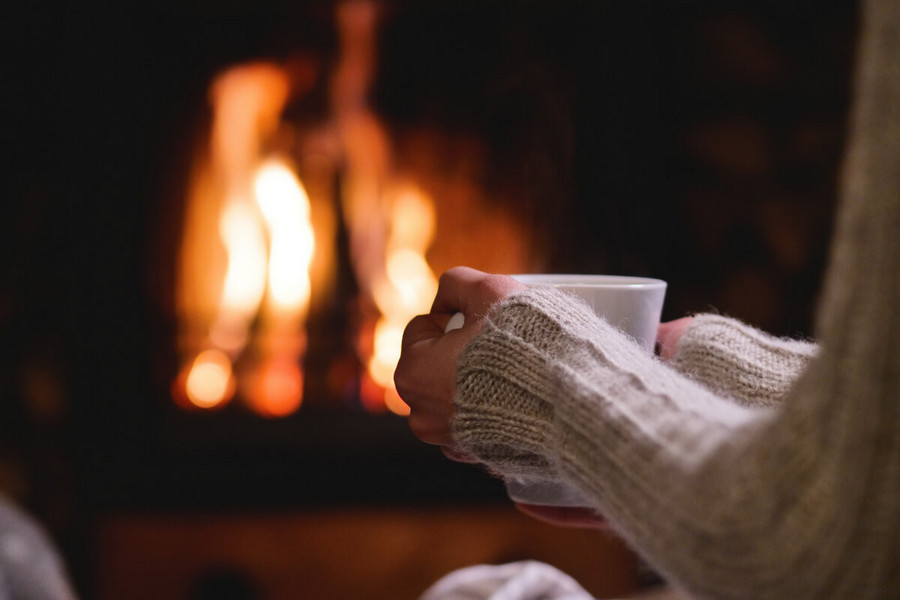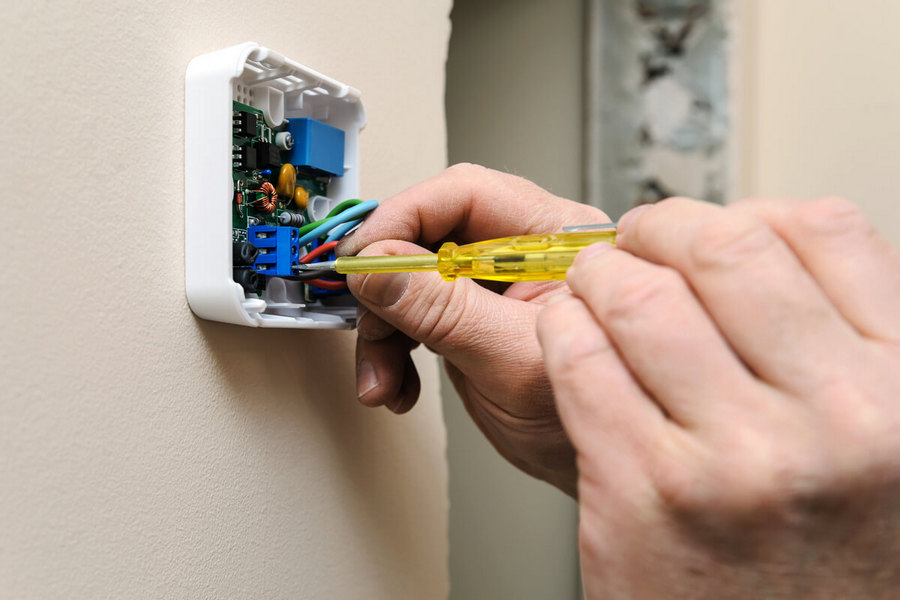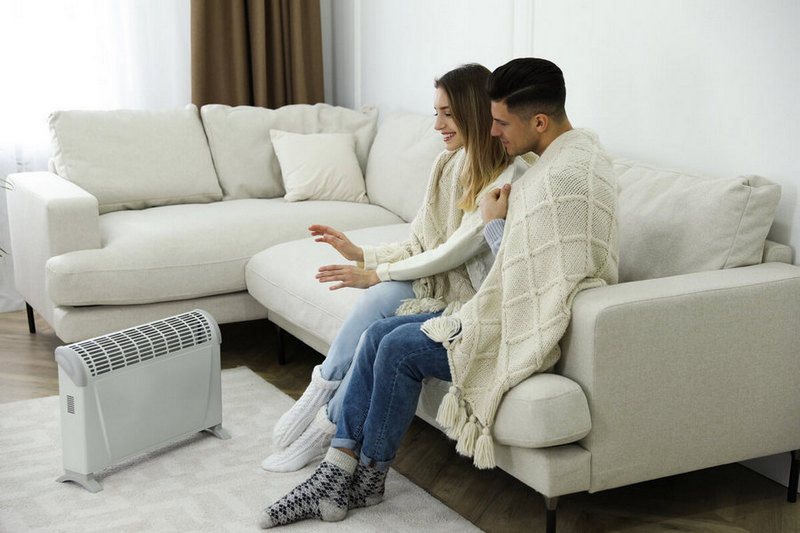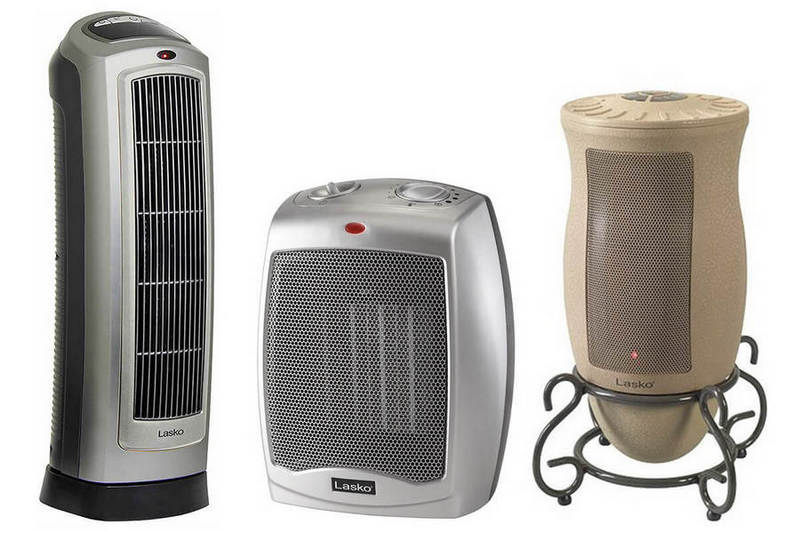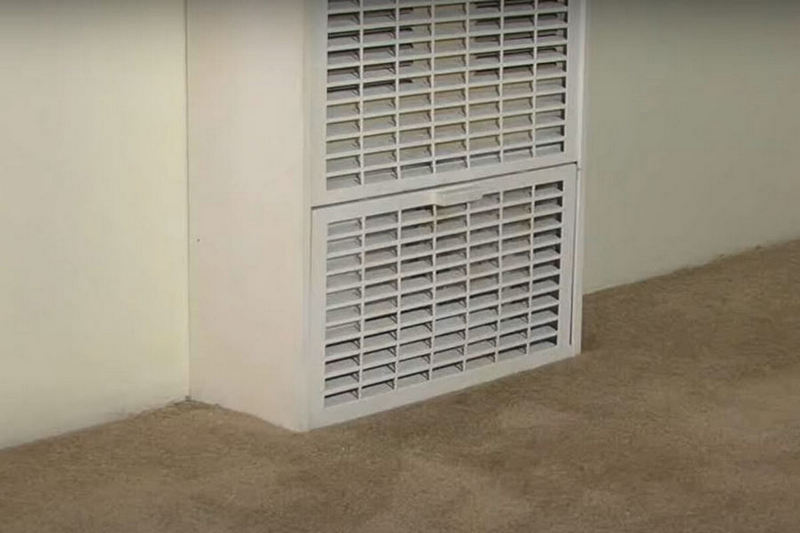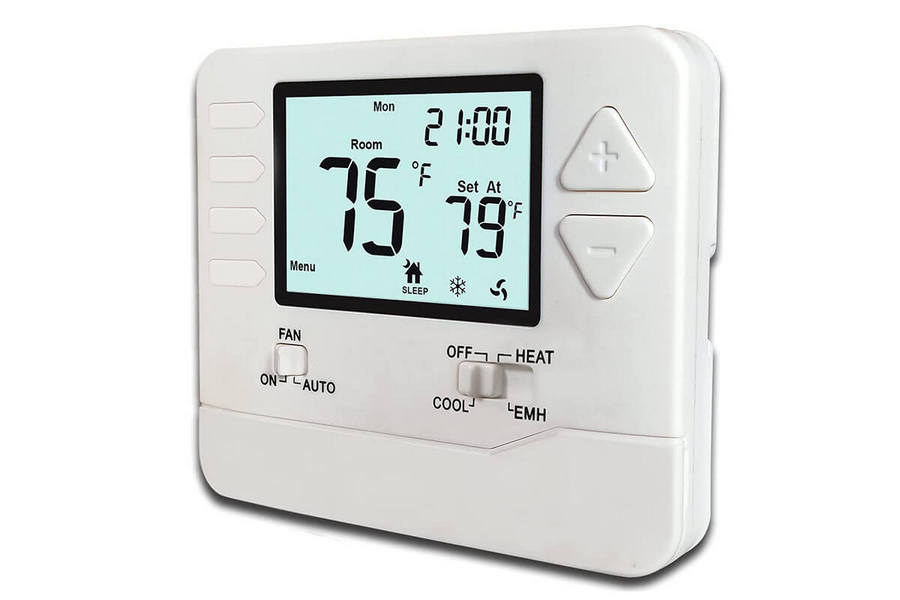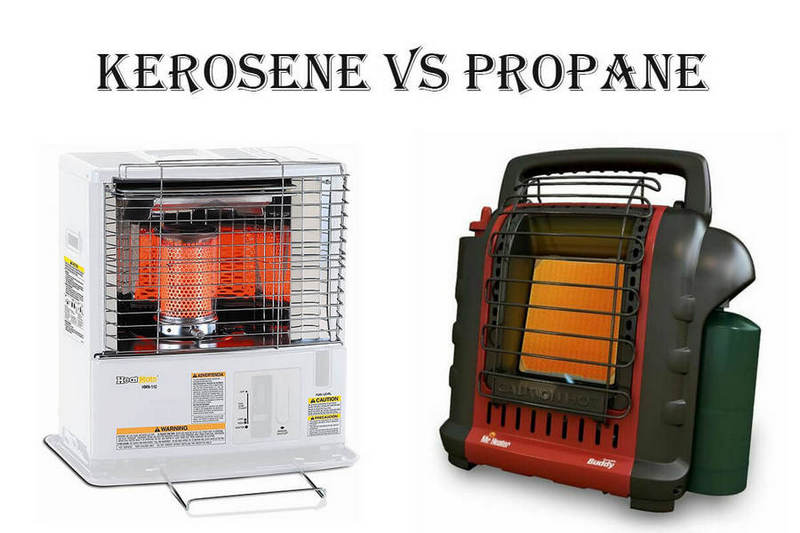Power outages can leave your home cold and uncomfortable. Without electricity, your furnace and other heating systems won’t work. If you’re not prepared, you and your family may end up shivering in the dark.
But there are ways to stay warm even when the power goes out. In this post, I’ll share 10 alternative heat sources you can use to heat your home without electricity.
These tips will help you:
- Set up a dedicated “heating room” with insulation and heat sources like a wood stove
- Use safe kerosene or propane heaters to warm a space
- Heat your home with a fireplace, pellet stove, or DIY heater made from household items
- Layer up with warm clothes, gloves, and socks
- Retain heat by closing doors and letting sunlight in
- Insulate your home to retain warmth, even without power
With a little preparation, you can ride out a power outage in the warmth and comfort of your home. Read on to learn 10 ways to stay cozy when the electricity goes off.
1. Make a “Heating” Room
Make a place where everyone can meet up if the power goes out. Add weather stripping to the windows and doors, and put down a thick rug to retain heat. After insulating, bring in other heat sources like a wood stove or gas heater so you can stay warm when there is no electricity.
You can also add sofas and thick blankets to relax on mattresses if you need to sleep. Just make sure to turn off your heater before going to bed.
2. Invest in a Kerosene Heater
Kerosene heaters are a must-have for homes prone to power loss. Kerosene is a clear, low-viscosity liquid that burns easily. Like other fuels, kerosene can provide reliable heat but must be used carefully since it emits dangerous vapors that can be harmful to people and animals.
While kerosene lamps and heaters have been around for ages, modern materials and technology have made indoor kerosene heaters much safer. There are many kinds of kerosene heaters, and I’ve linked my favorite kerosene heater in this review.
3. Consider a Propane Heater
Propane heaters are one of the most effective ways to heat a room without electricity, they are affordable and convenient heating devices that can keep you warm faster and longer. These heaters can heat big spaces so you and your family can stay in one place while the power is out to keep you all warm at once.
It uses liquid propane as fuel which you need to be careful in storing because they have a high risk of leaking. Make sure that you have enough ventilation when using the heater as well because the fumes can be dangerous.
Related: Kerosene vs Propane Heater for Indoor Use
4. Fireplace
One of the most common ways to heat a house is to burn some firewood wherever your fireplace is and stay there. It is one of the best and easiest ways to keep you warm, just make sure that you have enough ventilation all over the house to lessen the risk of carbon monoxide poisoning.
5. Pellet Stove
If you don’t have a built-in fireplace, you can always buy one. A pellet stove is like a fireplace but smaller and more convenient. They can be more expensive than getting an indoor fireplace, but they produce less air pollution, making them the cleanest indoor heater.
The pellet-based fuel used for a pellet stove is made from recycled sawdust and wood shavings. When burned, they give off a good amount of heat without as many chemicals.
6. DIY Heater
If you didn’t get the chance to get a heater in case of emergencies or need more heat but don’t have another one, then you can just make something yourself with things you can find all around your house.
Here are some DIY heaters you can make to keep you and your family out of the cold during a power outage:
- Space heater with terracotta pots – a homemade heater you can make using flowerpots and candles. It will take about 20-30 minutes to heat you up and it is only effective at heating one person at a time.
- Stoneware heater – if you have a ceramic pot you wouldn’t mind getting scorched a little bit just lying around then you can use that to heat yourself up. Put the pot on top of some bricks that are placed on either side of your candles and the heat will collect inside. You might need a portable fan or hand fan to push the heat out of the pot and into the room.
- Metal can, alcohol, and toilet paper – you probably have some metal cans stocked away in your kitchen, you can use these to make your own heater. Just grab that, stuff a roll of toilet paper inside, and soak it with alcohol completely. Once you light it on fire, the toilet paper will serve as a wick and the alcohol as fuel.
7. Put On a Lot of Clothes
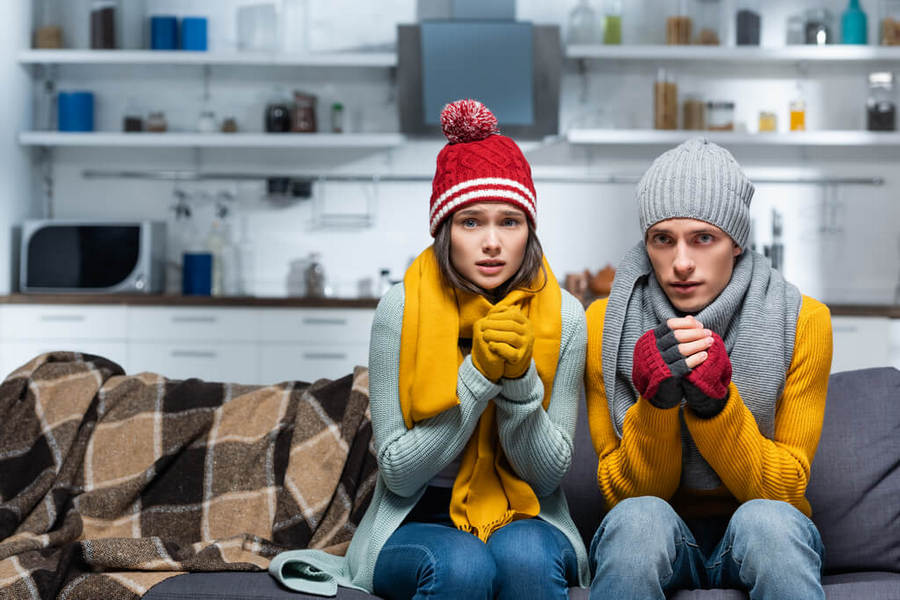
When there isn’t a good way to heat your home, it is best to keep warm by putting on layers of thick clothes. Start with thermal underwear, then, depending on how cold it is, add a sweater and a jacket. When the power goes off, you can also wrap yourself in a warm blanket. It is also important to choose thick gloves and warm socks since you lose most of your body heat through your hands and feet.
There are also electric hand warmers that you can use – just hold them by your hand or put them in your pocket to get the heat to your body.
8. Keep Doors Closed
Avoid opening and closing doors to keep the room and your whole house warm. Temperatures can drop significantly low from a small blast of cold wind.
You also don’t want to open your spaces too wide because the heaters might not be able to warm up the whole space.
Read Also: Sealing Gap Between Double Doors
9. Let the Sun In
Block out your windows, but only the parts where the wind can come in and take your warmth away. Letting the sun in, if there is any, can also help in keeping you warm during a power outage. Draw back your curtains and let the light in to help.
You can also spread blankets and towels where the sun comes in to absorb them and keep them in the room much longer.
10. Insulate Your Home
As a precaution for when the winter comes in or before a storm hits your area, you need to invest in your home’s insulation to prepare for these emergencies, especially in case the electricity goes out.
Home insulation is one of the best ways to keep your home and your family warm.
Conclusion
In this blog post, we covered 10 ways to keep your home warm during a power outage without electricity. These included setting up a dedicated heating room, using kerosene or propane heaters, taking advantage of fireplaces and stoves, layering up with warm clothes, retaining heat by closing doors, letting sunlight in, and insulating your home.
Having alternative heat sources on hand can make a big difference in staying comfortable when the power goes out. With the proper preparation and heat sources, you can transform what could be a cold, miserable experience into a safe, cozy time with family.
Now it’s time to make a plan to stay warm the next time the power goes out. Use this list of 10 alternative heat sources to take stock of what you already have available and what you may need to invest in. Gather necessary supplies and get your home ready before winter or storm season hits.

